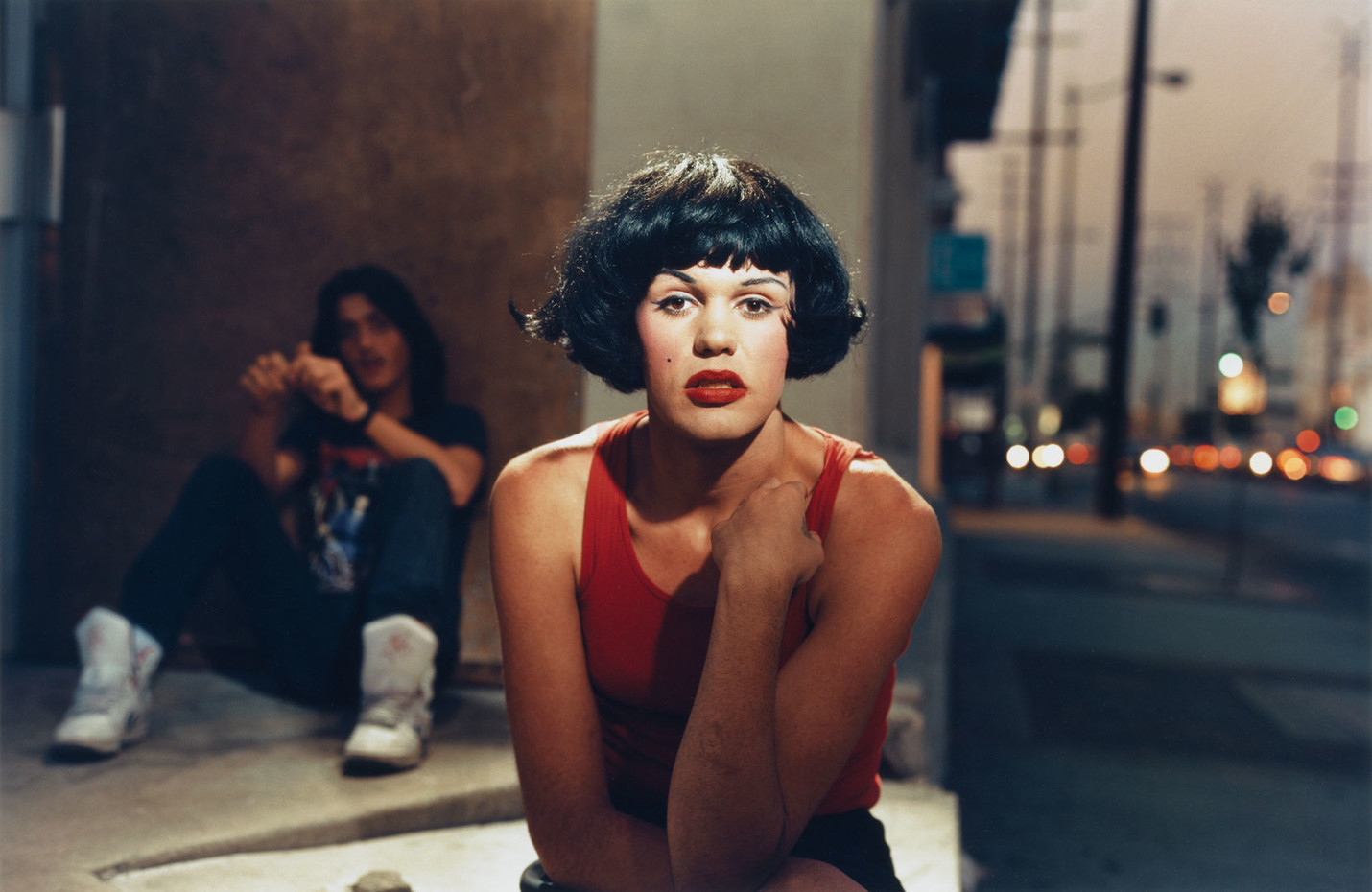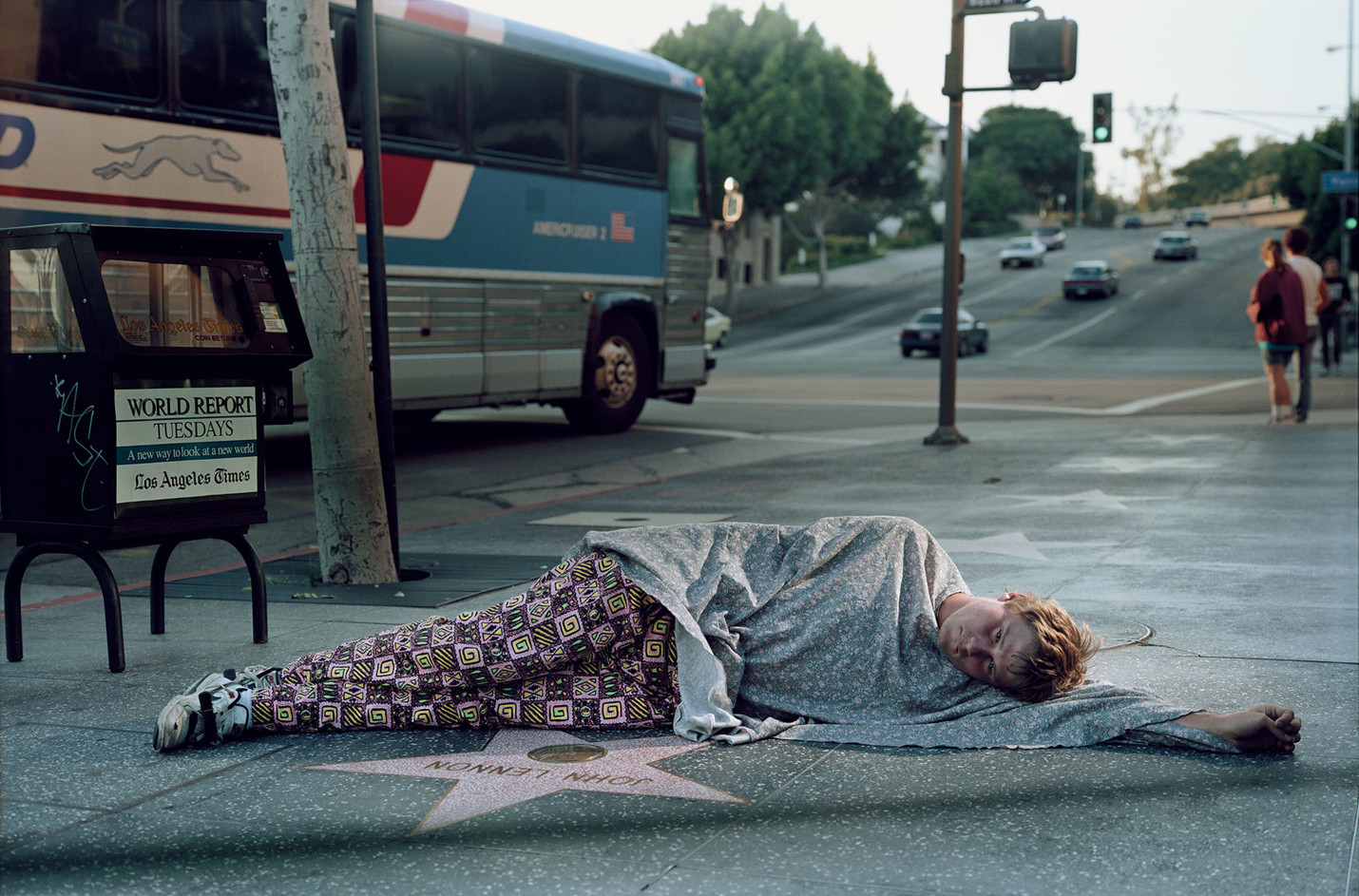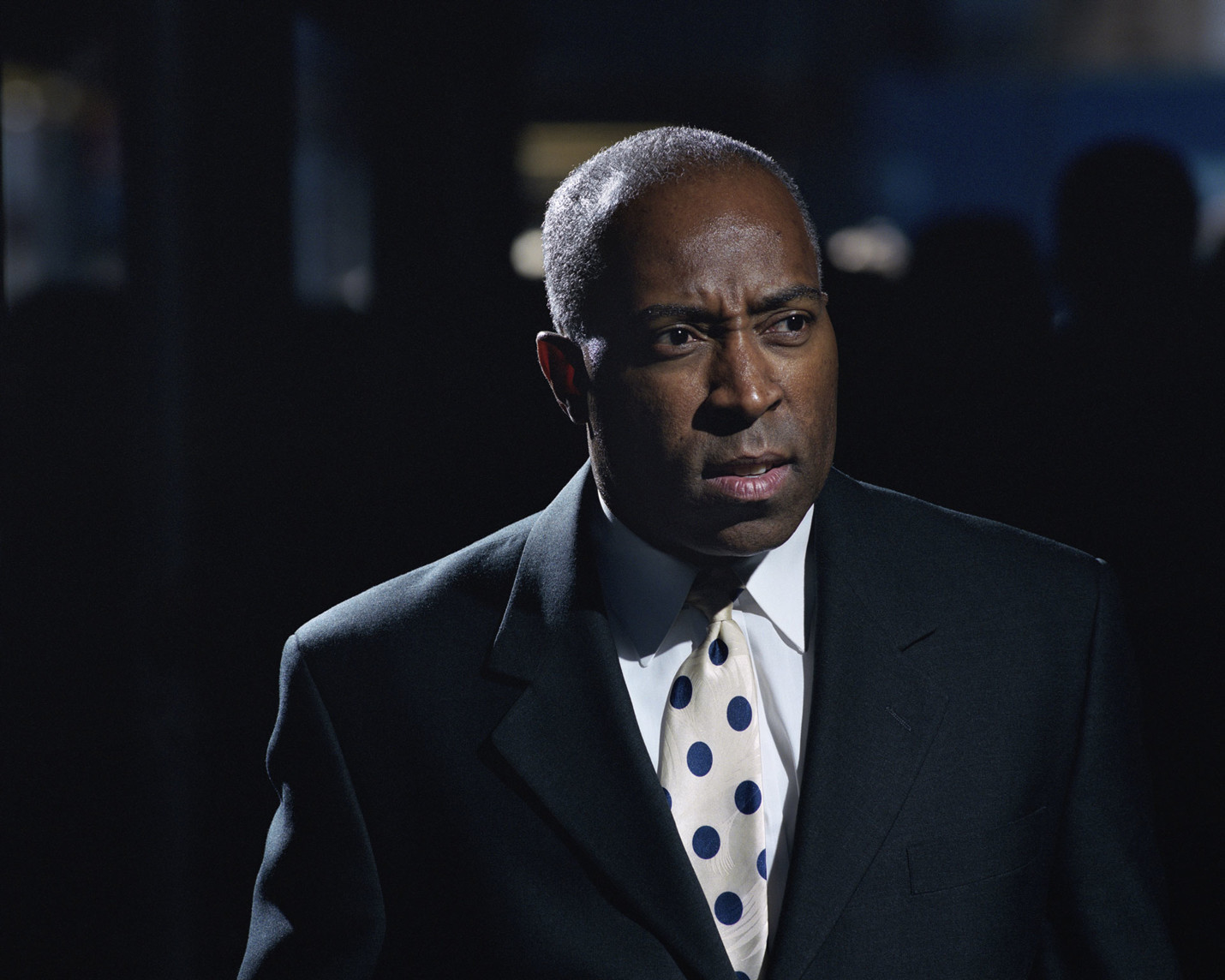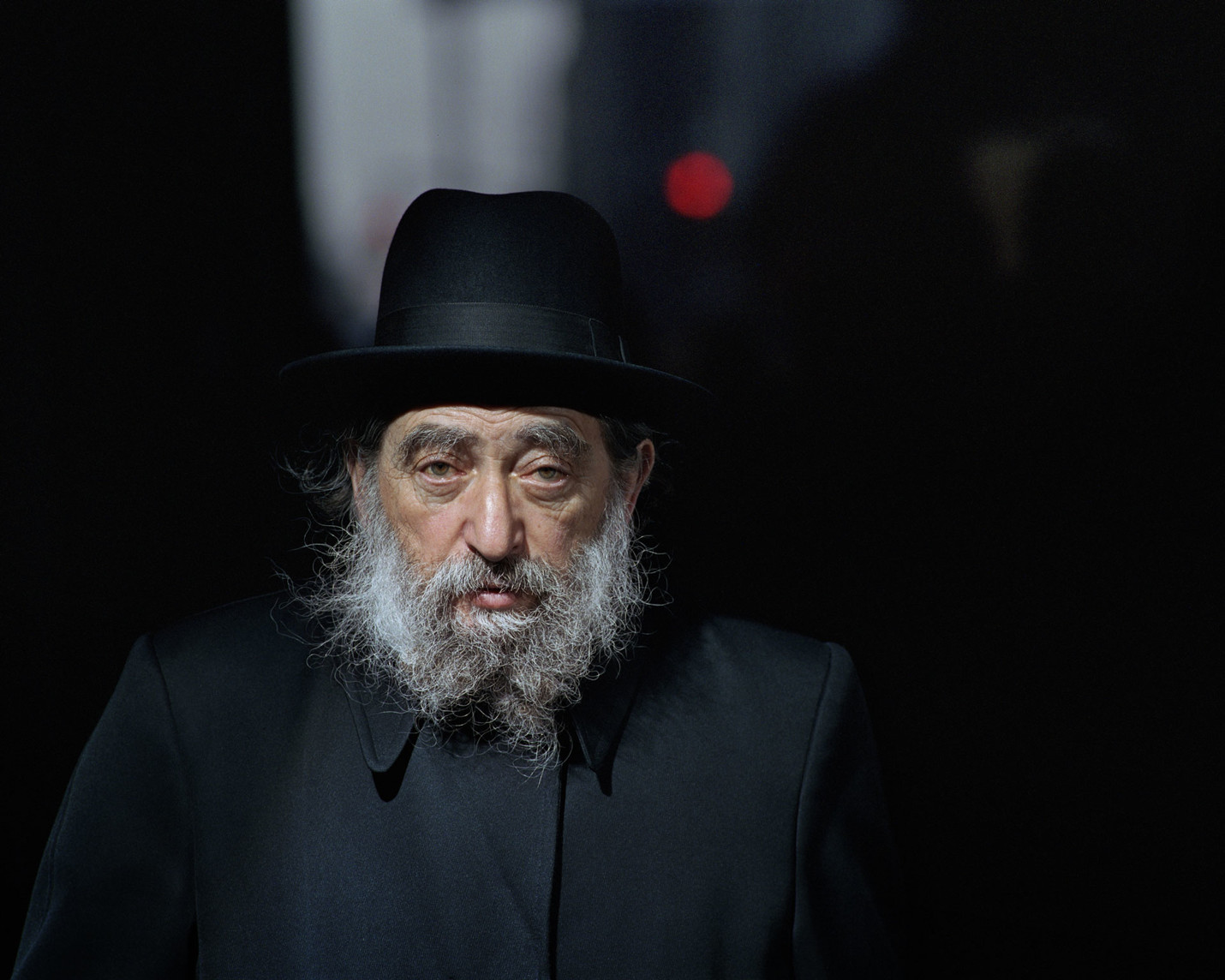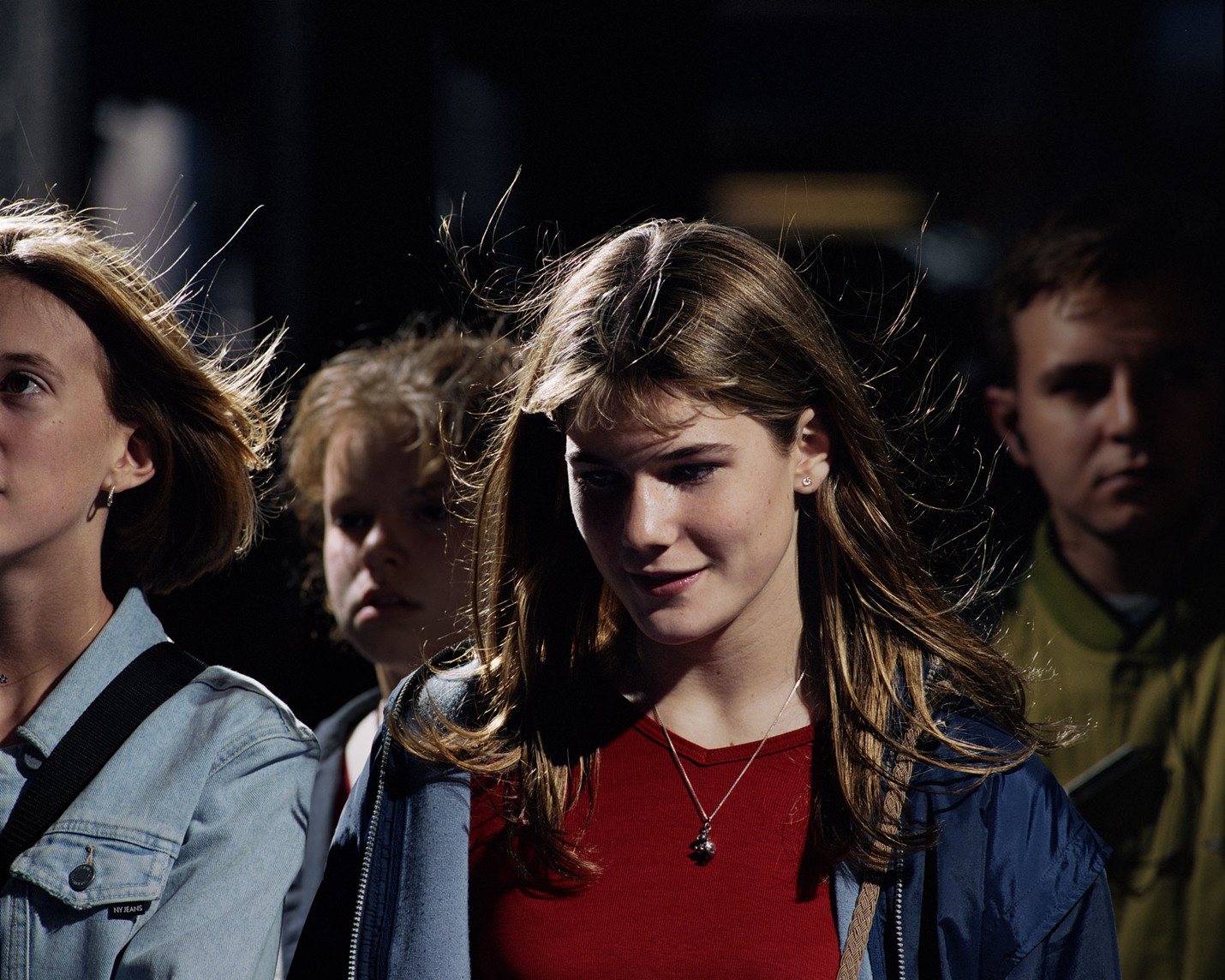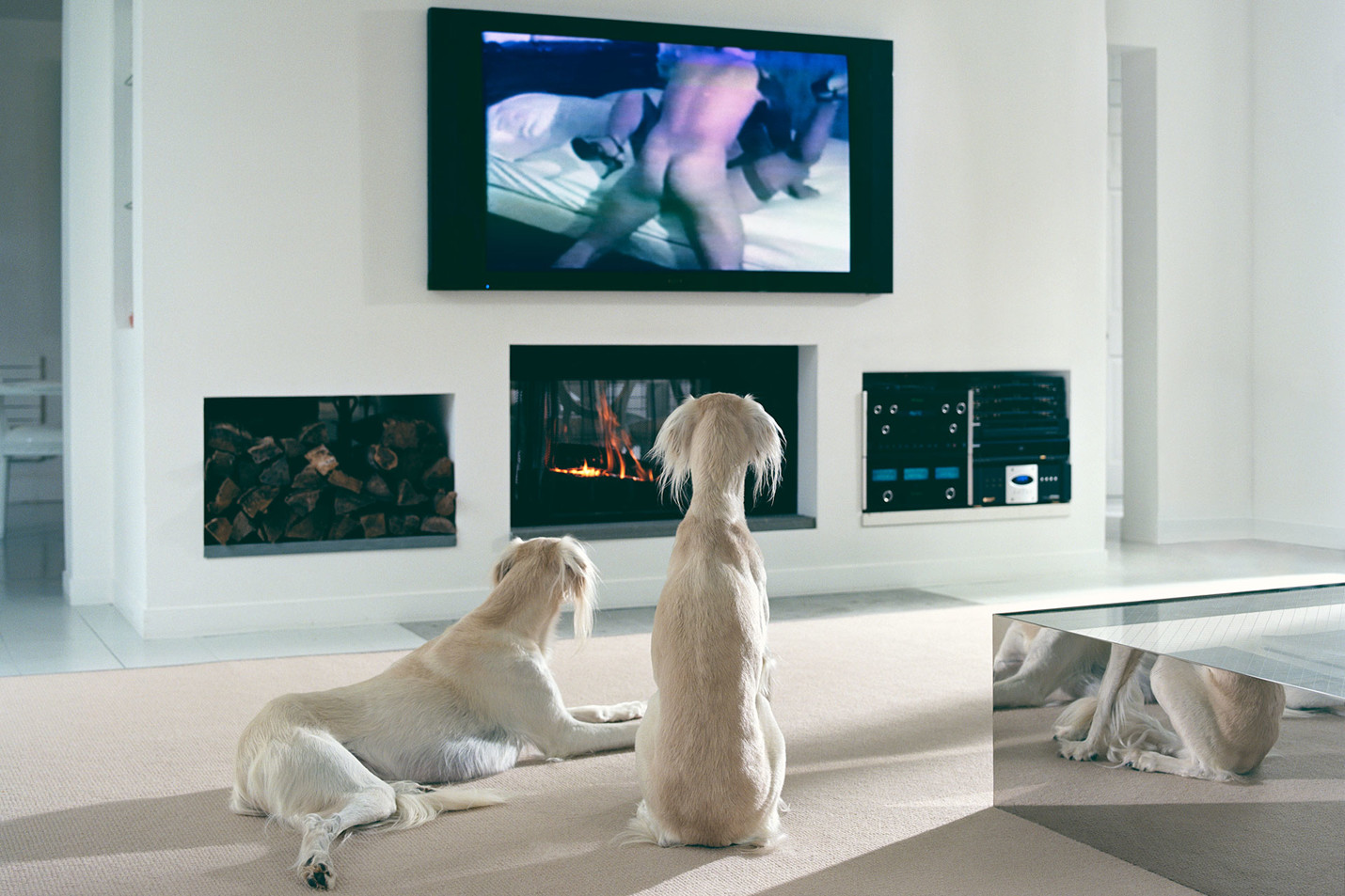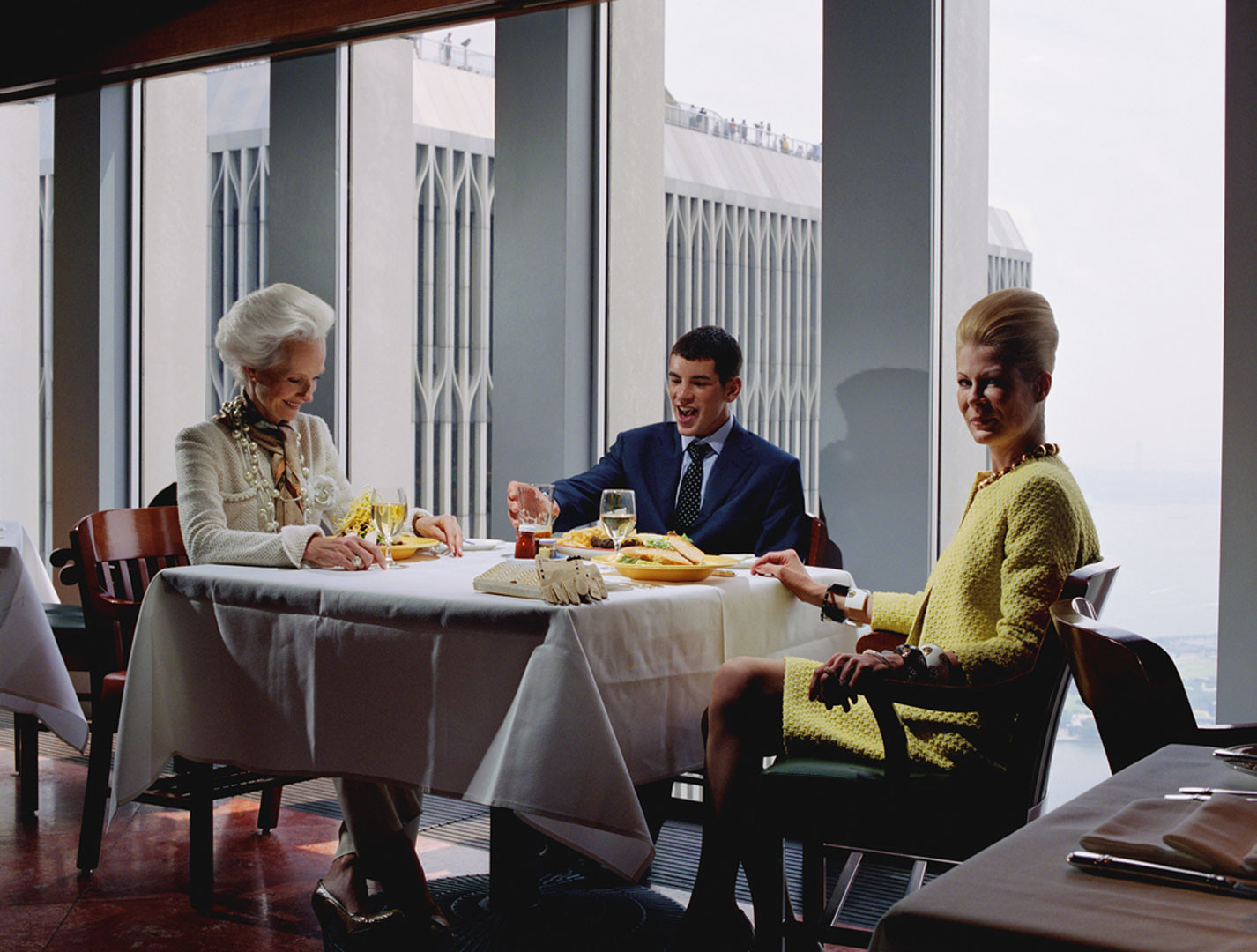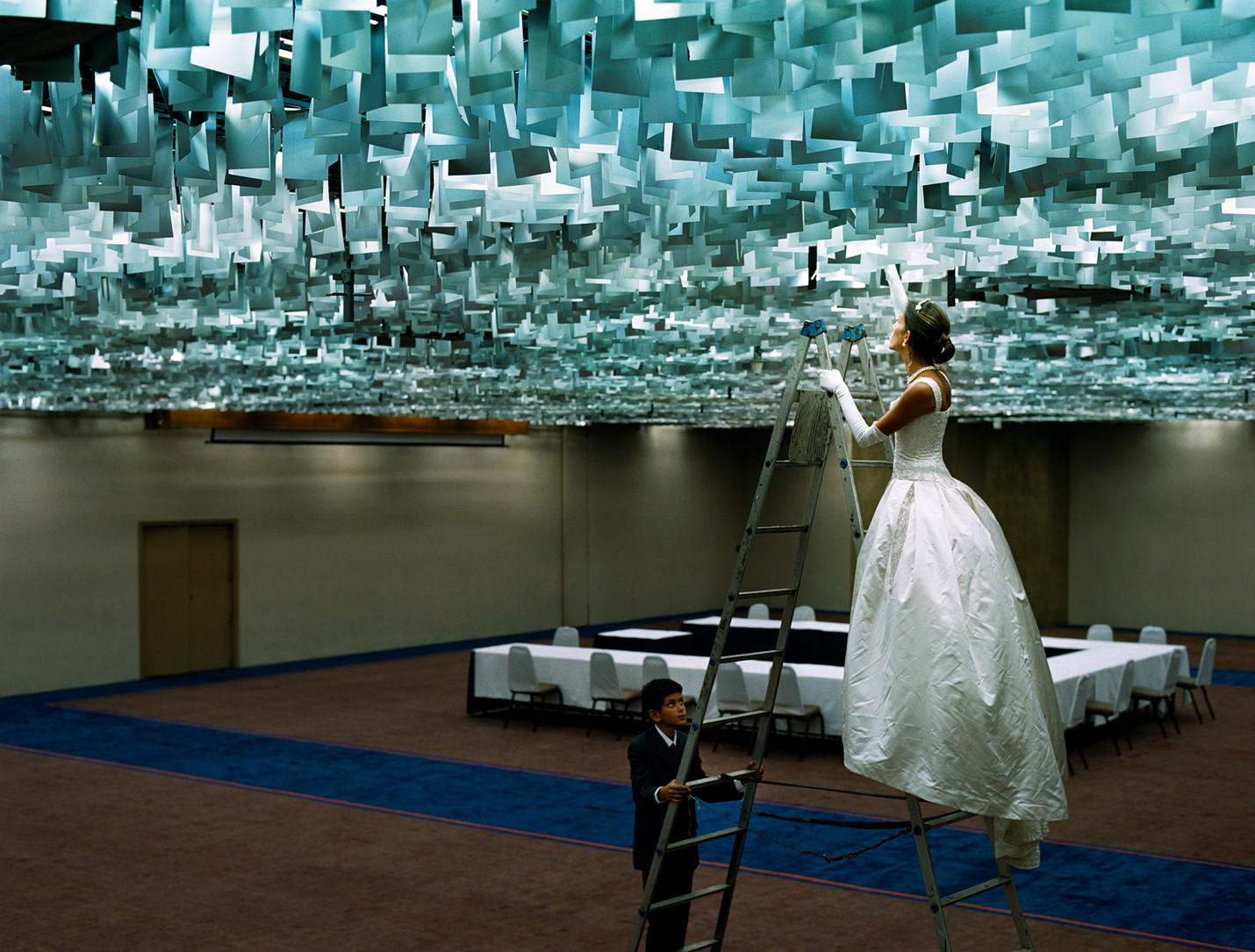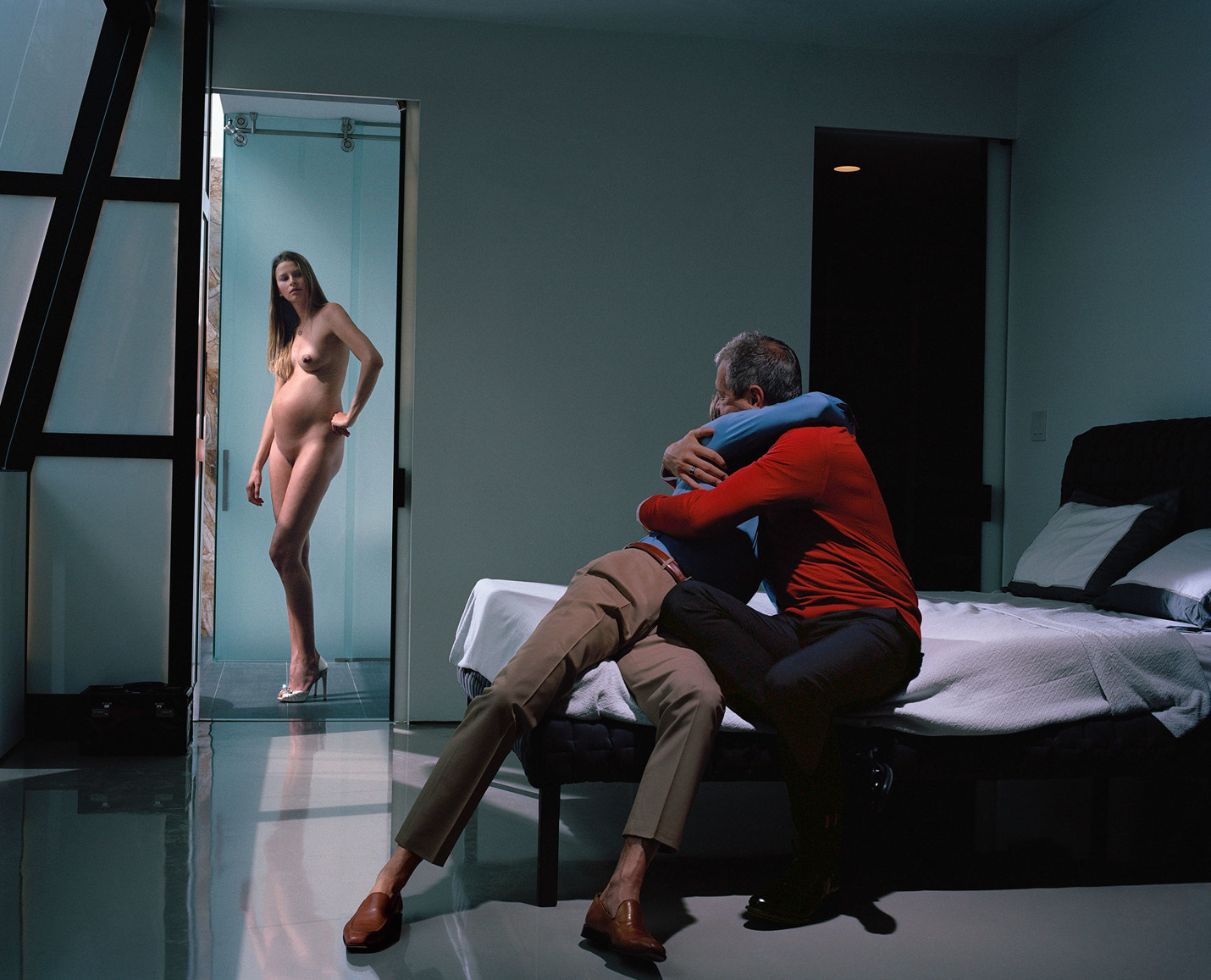PHOTO:Philip-Lorca diCorcia, Part II
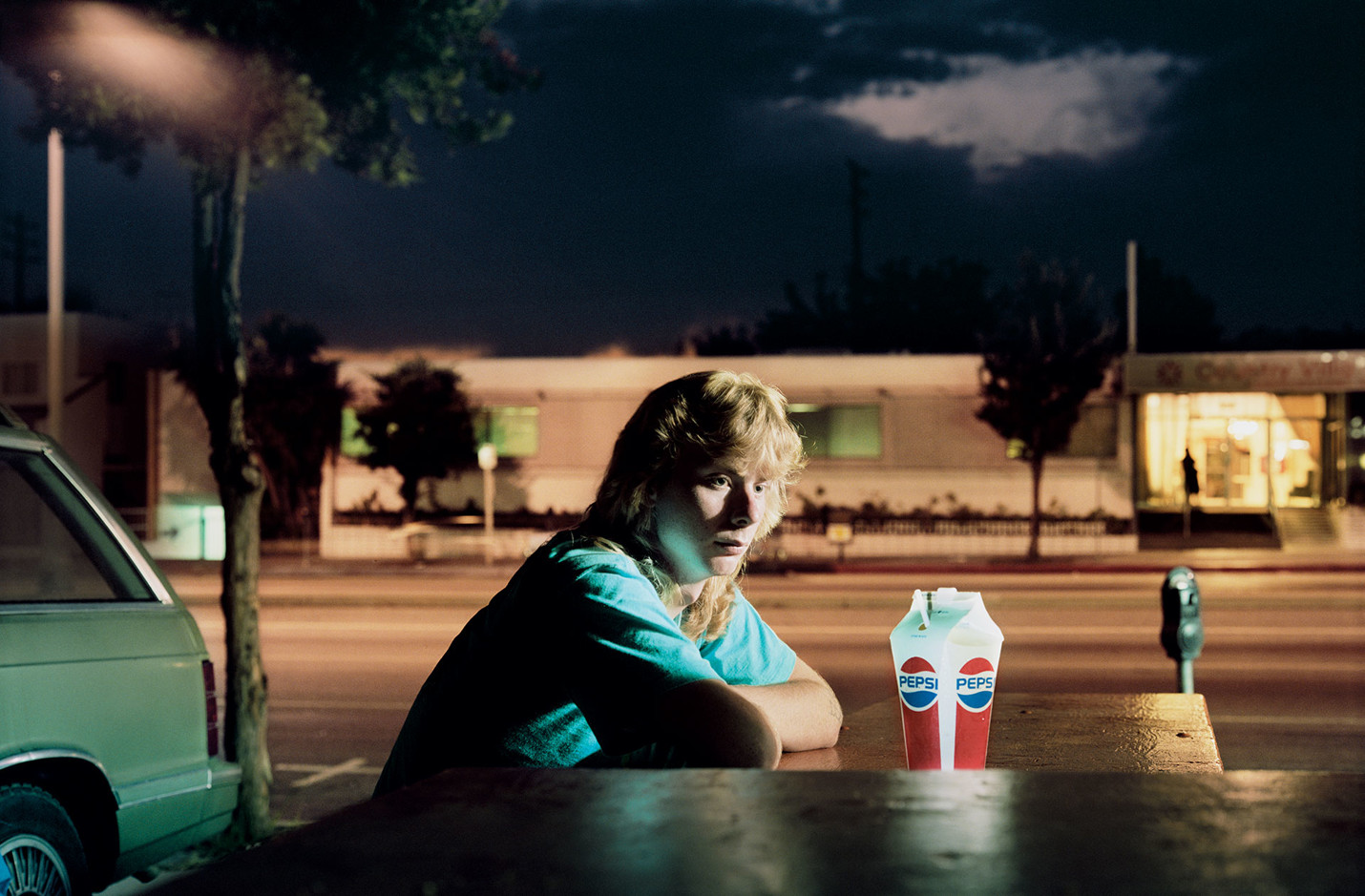 One of the most important figures in contemporary art photography, Philip-Lorca diCorcia is credited with establishing the staged or ‘fictional’ approach to creating photographs. Though his immaculate, narrative views are constructed to fulfill a pre-conceived artistic strategy, at the heart of each is a subtle, to varying extents unplanned performance on the part of the model or subject that balances the epic quality of the imagery with pathos, humanity and tenderness.
One of the most important figures in contemporary art photography, Philip-Lorca diCorcia is credited with establishing the staged or ‘fictional’ approach to creating photographs. Though his immaculate, narrative views are constructed to fulfill a pre-conceived artistic strategy, at the heart of each is a subtle, to varying extents unplanned performance on the part of the model or subject that balances the epic quality of the imagery with pathos, humanity and tenderness.
By Dimitris Lempesis
Photo: David Zwirner Gallery Archive
Philip-Lorca diCorcia’s solo exhibition marks the reopening of David Zwirner Gallery in Paris. The exhibition features images from a series of eleven editorial projects that the artist created for W magazine between 1997 and 2008, including several photographs that have never been exhibited before. Over a career that spans three decades, diCorcia has alternated between street projects and choreographed tableaux to create monumental bodies of work that do not merely capture a random act taking place, but consciously aim to build and communicate an alternative kind of photographic truth. The aesthetic and methodology of his work has been much emulated in the art world as well as the commercial field and diCorcia makes time to create advertising and fashion editorial projects, which he regards as a necessary, improvisational outlet in his practice. After studying in the renowned photography department of the School of the Museum of Fine Arts, Boston in the mid-1970s, diCorcia gained an MFA at Yale and began photographing friends and family in interiors to create understated symbolic narratives. Shifting to the street, making portraits of strangers, diCorcia came to prominence in the early 1990s when he began working on “Hustlers”, an ambiguous and touching series of male prostitutes working in Hollywood that was exhibited at the Museum of Modern Art, New York in 1993. diCorcia’s inclusion in the 1997 Whitney Museum of American Art Biennale is regarded as a turning point in his career. In 1997, diCorcia began travelling around the world to produce the photographic essays for W magazine. Depicting his own models as well as people cast on the spot, these images weave together richly loaded narratives and sometimes appear far removed from the fashion industry’s traditional emphasis on formulaic beauty and harmony. Instead, they involve a delicate balance between glamour and grit, imagination and irony. Photographing in Bangkok, Cairo, Havana, Los Angeles, New York, Paris, São Paulo, and St. Petersburg, diCorcia created distinctive series that are rife with ambiguous meanings and loaded connotations as characters appear and reappear in myriad settings. Although the images take everyday life as their point of departure, there seems to be a symbolic dimension to the works, whereby they transcend their sharply lit, matter-of-fact presentation. His iconic series of “Heads” street photographs (2001) was the one that he gained widespread recognition. The selection of the exhibition includes one of the most iconic images from the series, a photograph featuring French actress Isabelle Huppert, whose face stands out among passersby on a crowded and obscured Parisian street. Another quintessential image from the series was taken in New York in 2000 and depicts a well-to-do family lunching at the top of the World Trade Center, with the second tower visible through the window. Among the never-before-exhibited images is a photograph taken in 2000 for the same story, capturing the family lounging in their New York apartment. Also being presented for the first time, is a 1998 photograph taken in Los Angeles of the darkened interior of an airplane with a single female figure standing with a worried expression on her face, and an image from 2008 shot in Cairo which depicts two figures sitting on an unfinished or partially demolished building with the pyramids of Giza in the background.
Info: David Zwirner Gallery, 108 rue Vieille du Temple, Paris, Duration: 23/5- , Days & Hours: Tue-sat 11:00-19:00, www.davidzwirner.com
